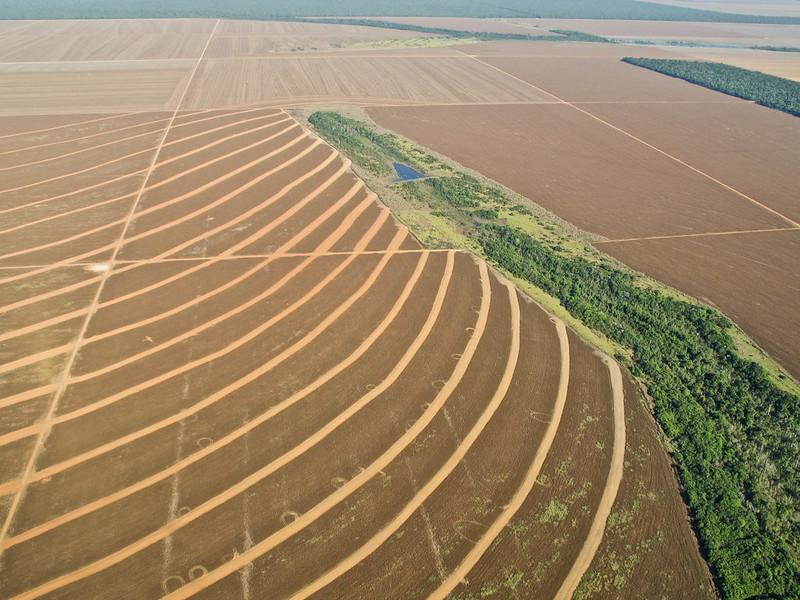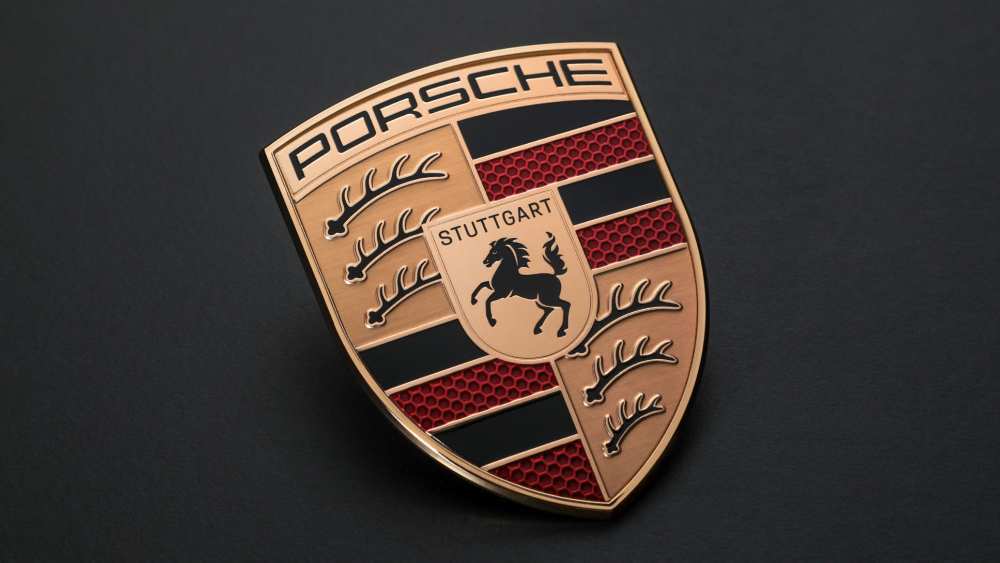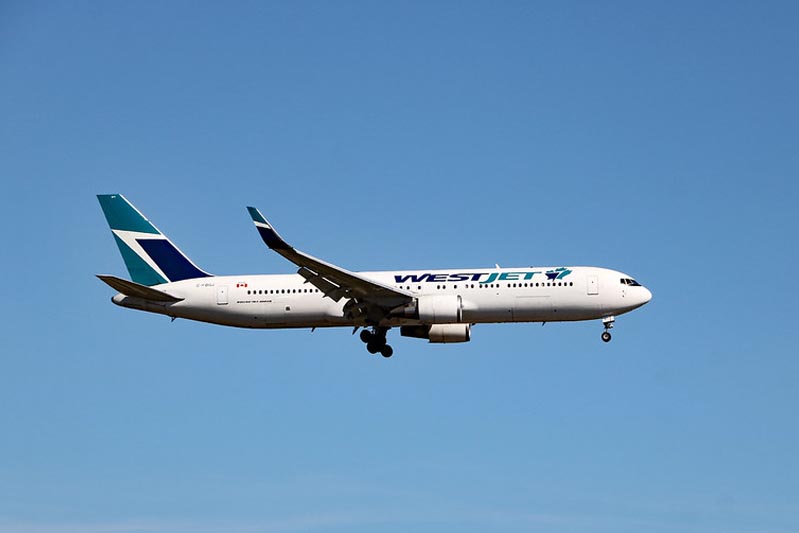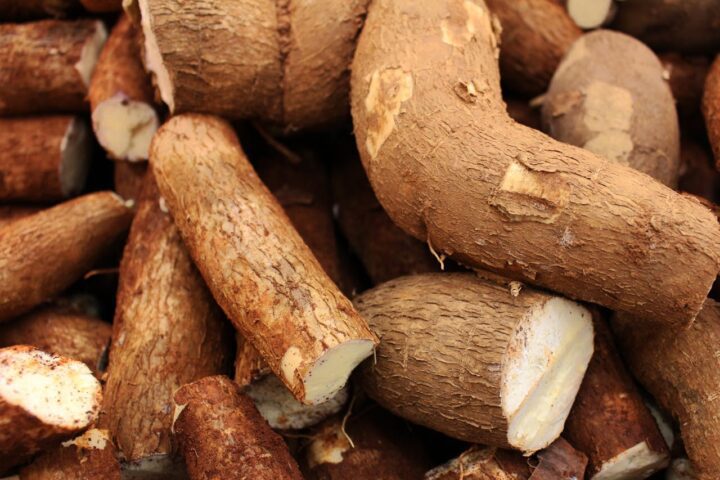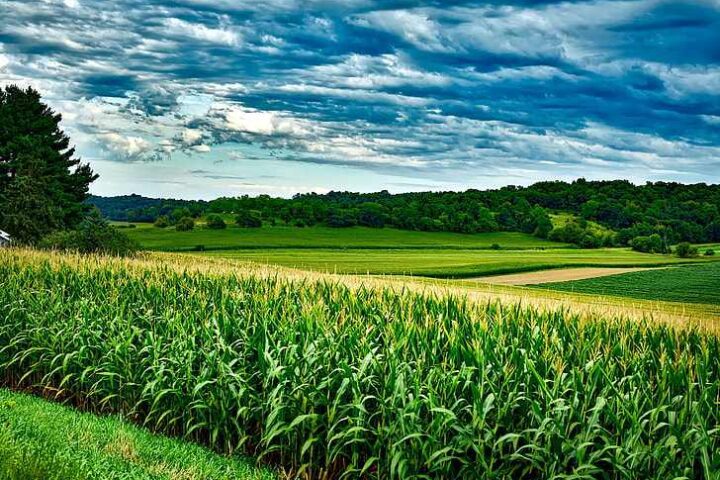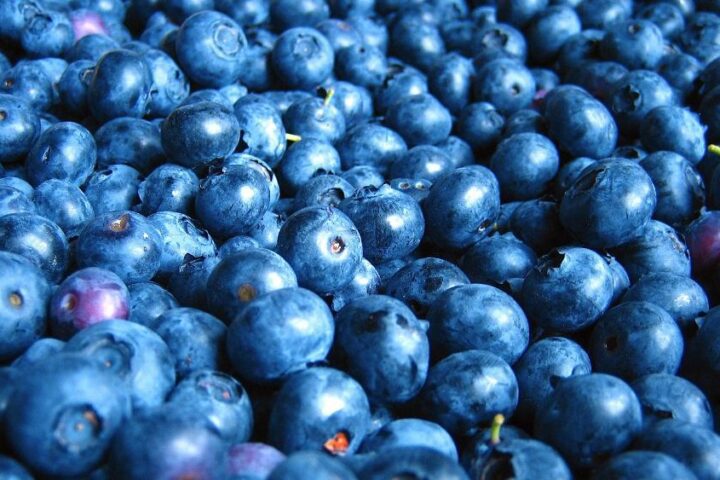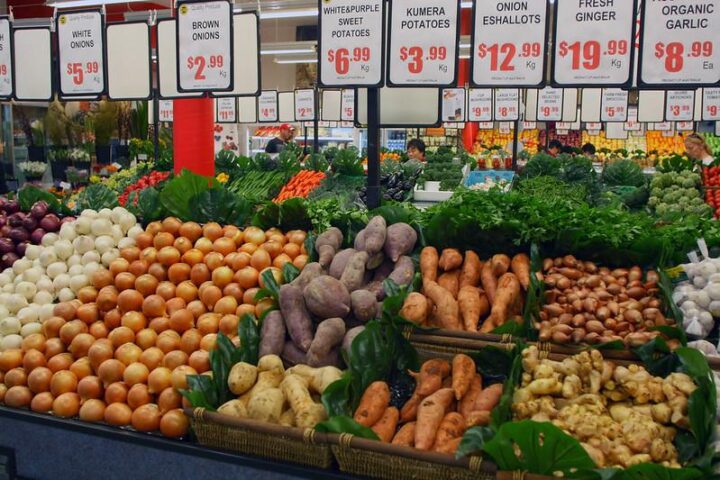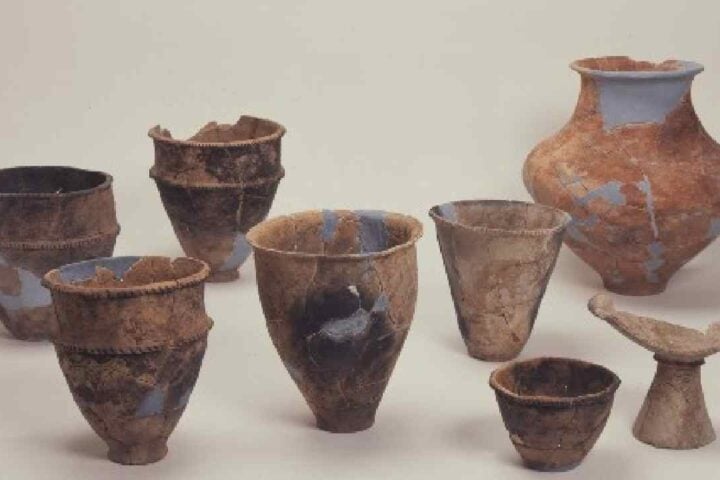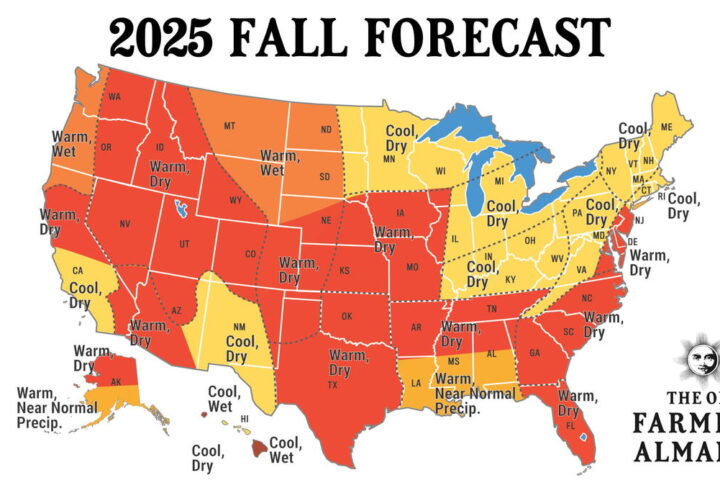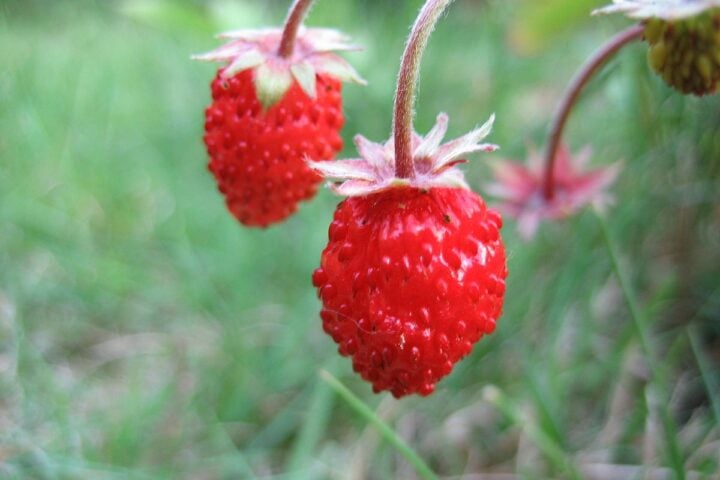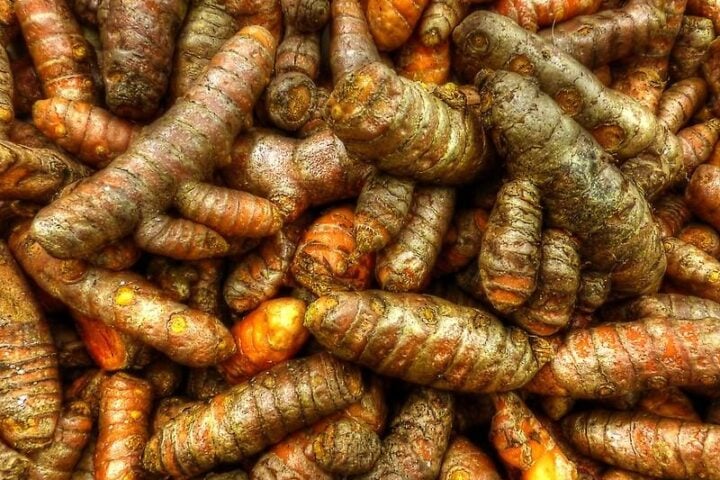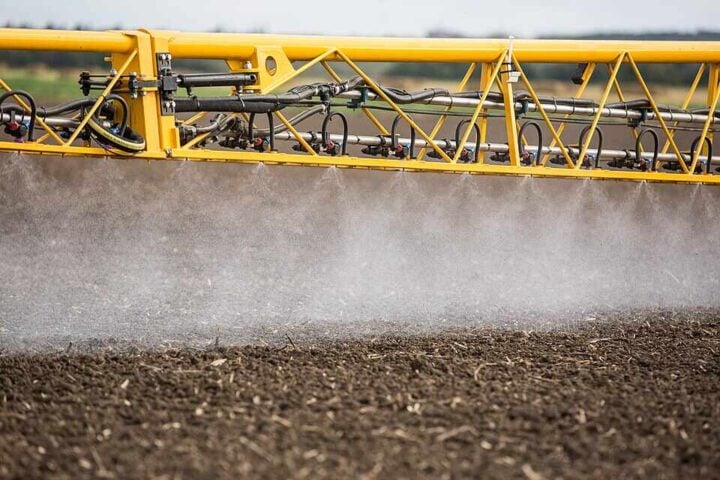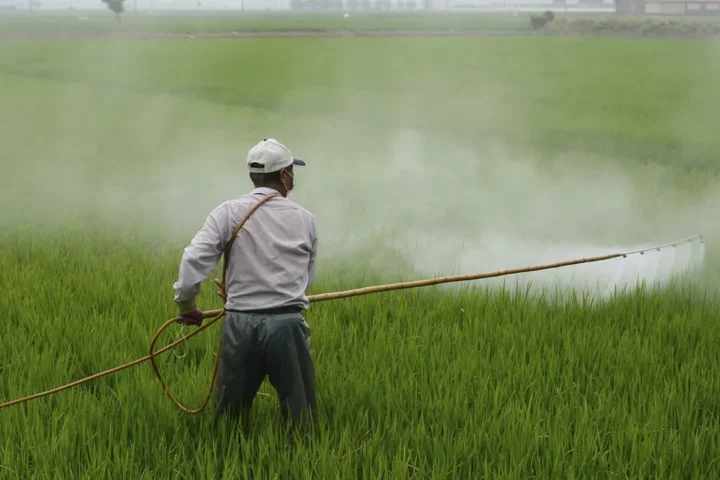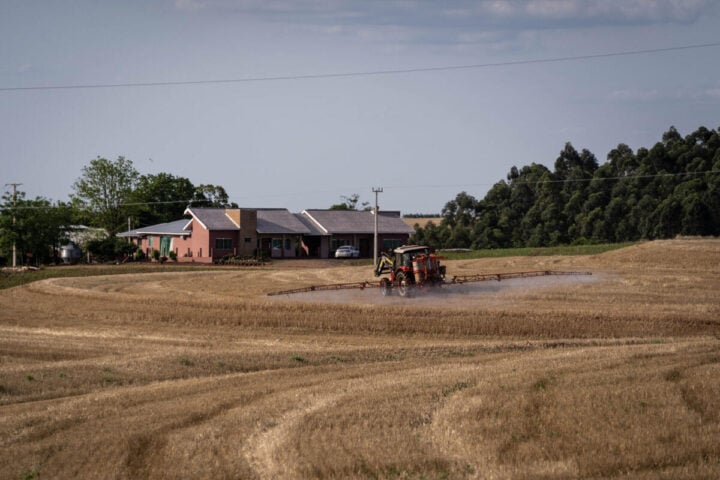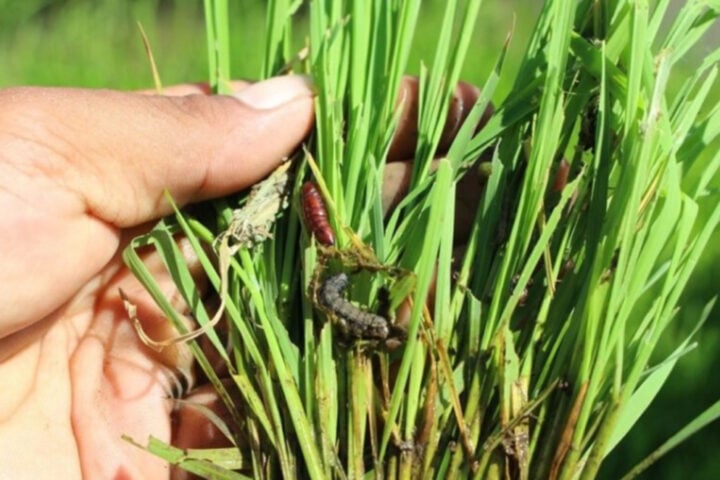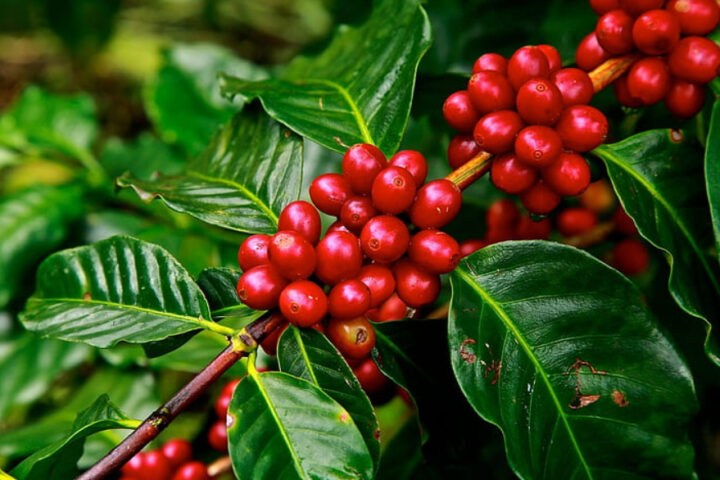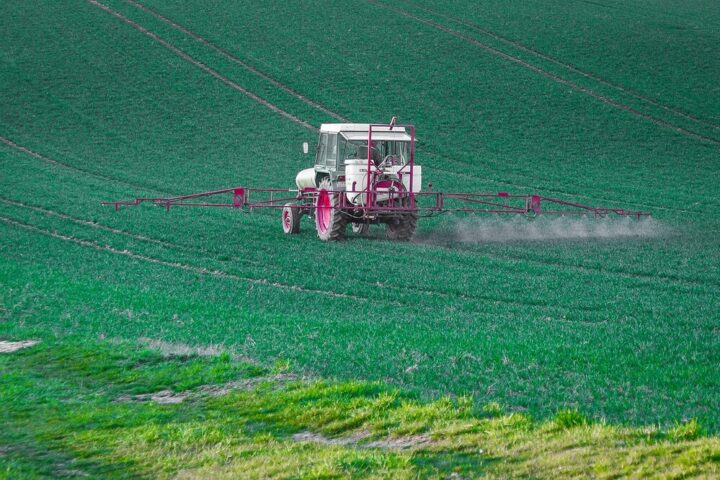A 19-year-old pact that kept soy from driving Amazon deforestation has just been suspended by Brazil’s antitrust regulator – weeks before the country hosts the COP30 climate summit.
Brazil’s Administrative Council for Economic Defense (CADE) ordered the suspension of the Amazon Soy Moratorium on August 18, 2025, giving traders 10 days to comply or face daily fines of up to R$250,000. The moratorium has been a cornerstone of Amazon protection since 2006, preventing soy production from expanding into newly deforested areas.
What Is the Amazon Soy Moratorium?
The moratorium began after Greenpeace’s 2006 campaign exposing links between fast-food chains and rainforest destruction. In response, companies representing about 90% of Brazil’s soy trade agreed not to purchase soy grown on Amazon land deforested after July 22, 2008 (the moratorium was negotiated from 2006 and the cut-off was later aligned to 2008).
The agreement uses satellite monitoring and annual audits to verify compliance. In the years before the moratorium, nearly 30% of new soy expansion was onto newly cleared forest; by the mid-2010s direct soy expansion into newly cleared Amazon forest had fallen to around 1% (study timeframes vary by paper).
A 2020 scientific assessment published in Nature Food estimated the moratorium prevented roughly 18,000 km² (± 9,000 km²) of forest loss between 2006-2016.
Why CADE Suspended the Moratorium
CADE’s General Superintendent Alexandre Barreto de Souza ordered the suspension as part of case No. 08700.005853/2024-38, claiming the agreement may constitute anti-competitive behavior. The investigation began after a request on August 12, 2024, from the agriculture committee of Brazil’s lower house of Congress, with additional input from Aprosoja’s December 2024 petition.
CADE alleges that:
- The moratorium’s system of monitoring and information-sharing between competing companies creates an anti-competitive agreement
- Participating companies unfairly exchange commercially sensitive data
- The pact imposes restrictions beyond Brazilian law, which allows landowners to clear up to 20% of forest on their Amazon properties
The regulator has ordered all signatories—including major global traders like Cargill, Bunge, Louis Dreyfus, ADM, and Cofco—to remove moratorium information from their websites.
The Stakes for the Amazon
Environmental organizations warn the suspension creates immediate risk for the rainforest. Cristiane Mazzetti, Greenpeace Brazil’s forest coordinator, called the decision “a shot in the foot,” saying it “opens the way for soy to become a major vector of Amazon deforestation.”
João Gonçalves of Mighty Earth warned that each day the moratorium remains suspended pushes the Amazon “closer to an irreversible tipping point, where it becomes a carbon source, rather than a carbon sink.”
Aprosoja alleges the moratorium costs Mato Grosso, Brazil’s biggest soybean state, approximately 20 billion reais ($3.7 billion) annually in lost opportunities. However, the moratorium helped Brazil become the world’s largest soy exporter while reducing deforestation.
EU Regulations and Brazil’s Exports
The suspension comes at a critical time, with the EU Deforestation Regulation (EUDR) set to take effect on December 30, 2025 for large operators (and June 30, 2026 for micro and small enterprises). The EUDR will block imports of products linked to land deforested after December 31, 2020, potentially affecting Brazilian soy exports to European markets.
Industry representatives have warned: “Without the Moratorium, Brazil risks losing access to markets that demand deforestation-free products.”
What Happens Next
Trade groups Abiove and Anec, which represent major soy exporters, have stated they will appeal CADE’s decision. The investigation could lead to potential fines reaching 2 billion reais ($365.6 million) for associations and up to 20% of annual revenue for companies found guilty.
Brazil’s Federal Prosecutor’s Office supports the moratorium, stating there’s no evidence it harms competition. Meanwhile, environmental groups are launching consumer campaigns urging traders to maintain moratorium principles individually.
The moratorium’s suspension creates immediate uncertainty just months before Brazil hosts the COP30 climate summit in Belém in November 2025.
The Moratorium’s Legacy
Despite criticism from some who call it greenwashing, research published in Nature Food confirmed the pact reduced Amazon deforestation by 35% between 2006-2016 compared to what would have happened without it.
The agreement became a model for similar pacts in palm oil, rubber, and cattle sectors. Unlike government regulations, its market-based approach achieved high compliance—according to monitoring reports, over 96% of soy grown in the region complies with the moratorium.
While Brazil’s soy production in the Amazon grew substantially after 2006 (increasing from 4.9 million tonnes in 2006 to 17.2 million tonnes in 2019), studies show direct deforestation for soy fell sharply after the moratorium. The question now is whether this balance can continue without the pact that made it possible.
